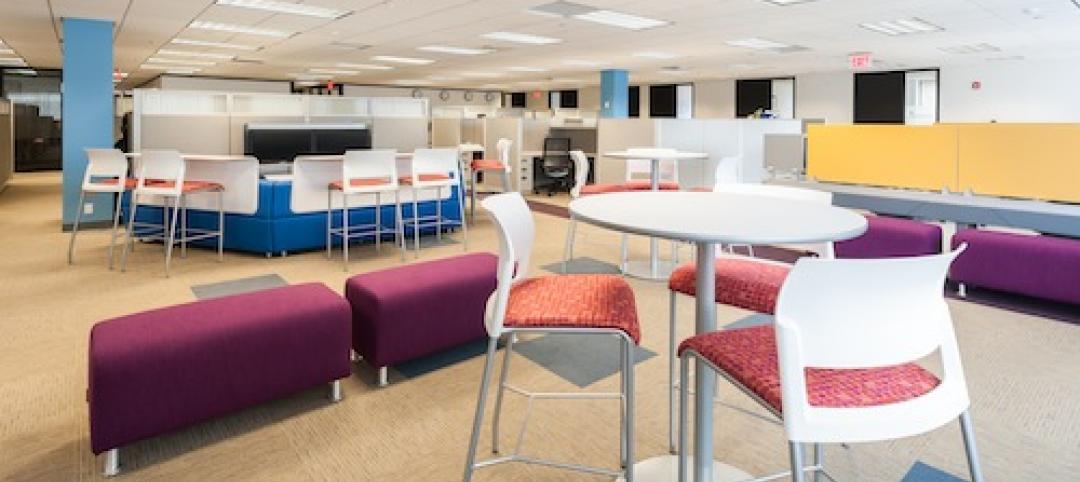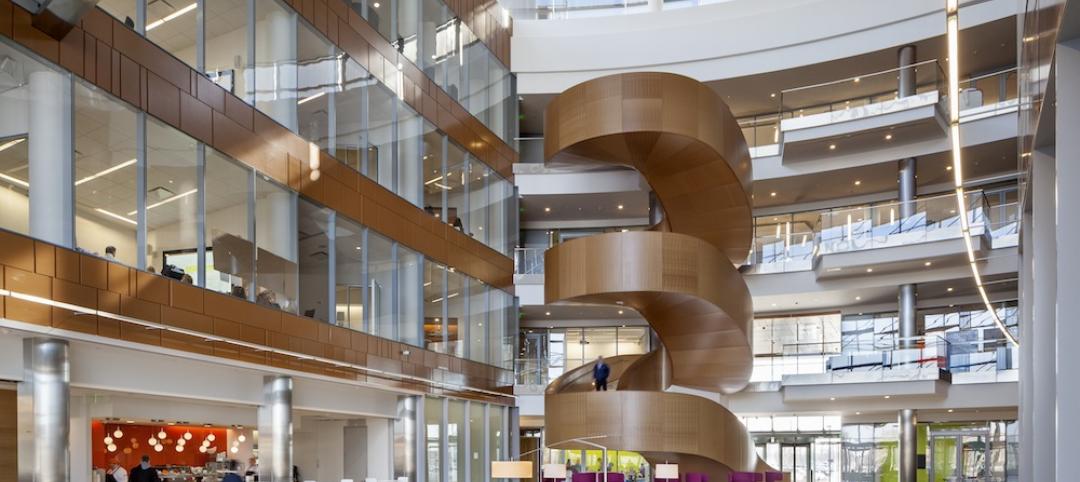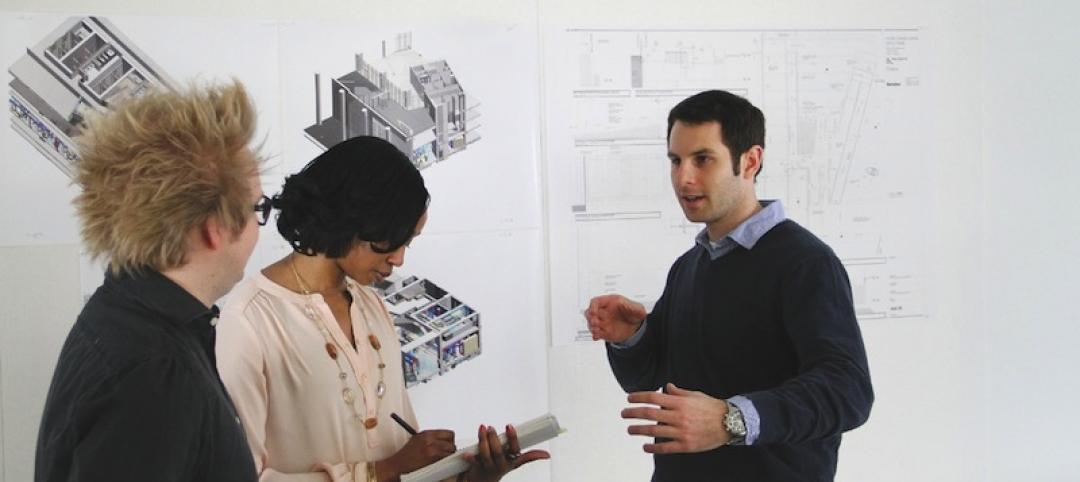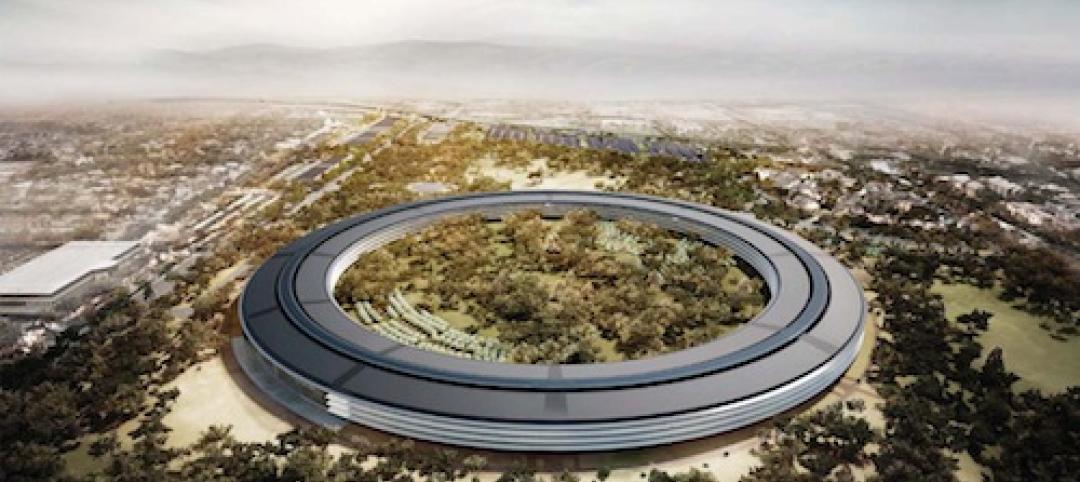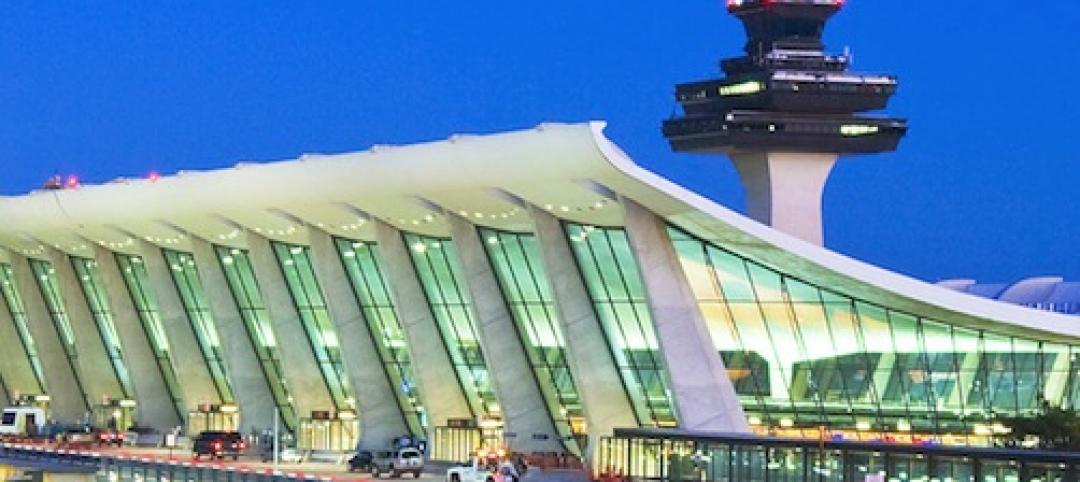Last year, construction spending in New York City was up 26%, to $36 billion. And construction employment in the Big Apple, at 122,975, was the highest it’s been since 2008, according to the New York Building Congress. Of that dollar total, spending on nonresidential construction increased by 20% to $9.8 billion, the first time since 2010 that nonresidential spending grew year-to-year.
Those heady numbers, though, are no guarantees of future spending. In fact, New York is among the major metros—including Washington D.C., Phoenix, and San Diego—where office building development and construction are tailing off from historic levels or cooling down, according to CoStar, the real estate market research firm, in its report on the national office market trends for the first quarter of 2015.
The good news is that an estimated 108 million sf of office space were under construction in the U.S. at the end of the first quarter, a 17% gain over the same period a year ago. That construction level approached the historical average of 122 million sf, which the country last achieved in late 2008.
The cautionary news is that 15 million sf of office space were delivered in the first quarter of 2015, the first time in the latest economic cycle that deliveries exceeded net absorptions, which during that quarter were 12 million sf.
CoStar estimates that construction levels are above historic norms in about one-third of the largest U.S. metros. It singles out Silicon Valley in Northern California, which is seeing a rash of corporate campuses springing up. Other above-average office construction markets include Dallas-Fort Worth, Raleigh, Boston, and Chicago.
The researcher cites a shift in strategy among office building developers such as Boston Properties, which is using capital from the sale of older for new developments with potentially higher yields. Boston Properties has 11 office projects totaling 3.3 million sf in its current development pipeline.
CoStar notes that while rising rents are driving the office construction booms in certain markets like San Francisco, two thirds of the country’s metros are still not seeing the kind of rent appreciation that would justify large-scale new office construction.
That being said, among the notable deliveries in the first quarter was the 1.5-million-sf second phase of ExxonMobil’s corporate campus in Houston, which is also where a 1.7-million-sf campus that is fully leased to FMC Technologies got started during the quarter.
Lincoln Property started the first new office building in San Francisco’s Financial District in a decade, a 433,000-sf project that, despite being built on spec, shouldn’t have too much trouble finding tenants in a market whose office vacancy rate for four- and five-star buildings is 7.8%.
Related Stories
| Apr 6, 2013
First look: GlaxoSmithKline's double LEED Platinum office
GlaxoSmithKline and Liberty Property Trust/Synterra Partners transform the work environment with the opening of Five Crescent Drive
| Apr 5, 2013
No evidence that mandatory building energy labeling improves efficiency, study says
The Building Owners and Managers Association (BOMA) International and the Greater Boston Real Estate Board (GBREB) released a report, “An Economic Perspective on Building Labeling Policies,” that questions the efficacy of mandatory building energy labeling.
| Apr 5, 2013
'My BIM journey' – 6 lessons from a BIM/VDC expert
Gensler's Jared Krieger offers important tips and advice for managing complex BIM/VDC-driven projects.
| Apr 5, 2013
Projected cost for Apple's Campus 2 balloons to $5 billion
Campus 2, Apple Inc.'s proposed ring-shaped office facility in Cupertino, Calif., could cost $5 billion to build, according to a report by Bloomberg.
| Apr 3, 2013
5 award-winning modular buildings
The Modular Building Institute recently revealed the winners of its annual Awards of Distinction contest. There were 42 winners in all across six categories. Here are five projects that caught our eye.
| Apr 2, 2013
6 lobby design tips
If you do hotels, schools, student unions, office buildings, performing arts centers, transportation facilities, or any structure with a lobby, here are six principles from healthcare lobby design that make for happier users—and more satisfied owners.
| Mar 29, 2013
PBS broadcast to highlight '10 Buildings That Changed America'
WTTW Chicago, in partnership with the Society of Architectural Historians, has produced "10 Builidngs That Changed America," a TV show set to air May 12 on PBS.
| Mar 29, 2013
Shenzhen projects halted as Chinese officials find substandard concrete
Construction on multiple projects in Guangdong Province—including the 660-m Ping'an Finance Center—has been halted after inspectors in Shenzhen, China, have found at least 15 local plants producing concrete with unprocessed sea sand, which undermines building stabity.



